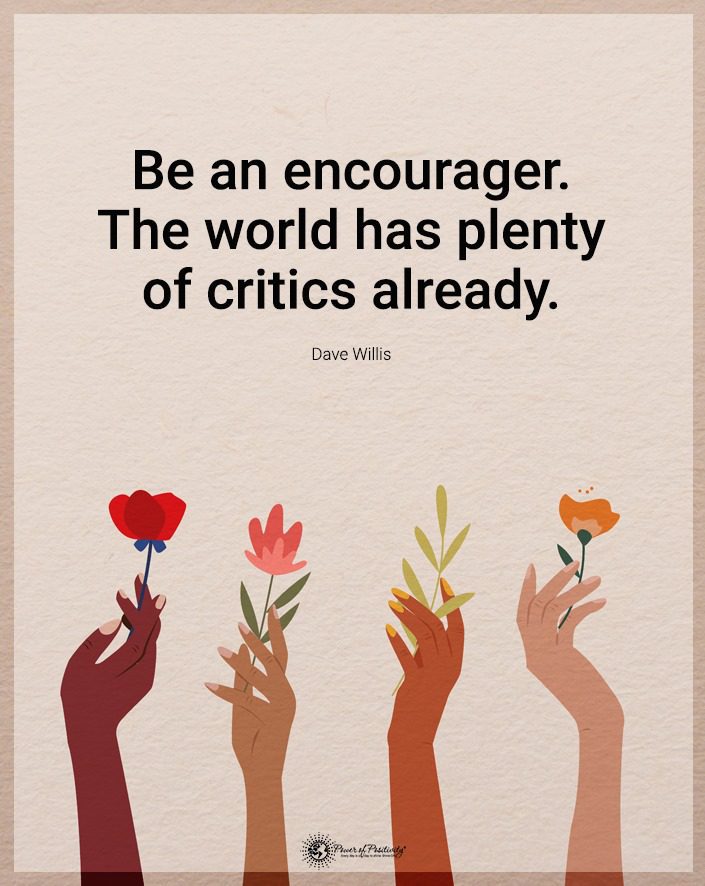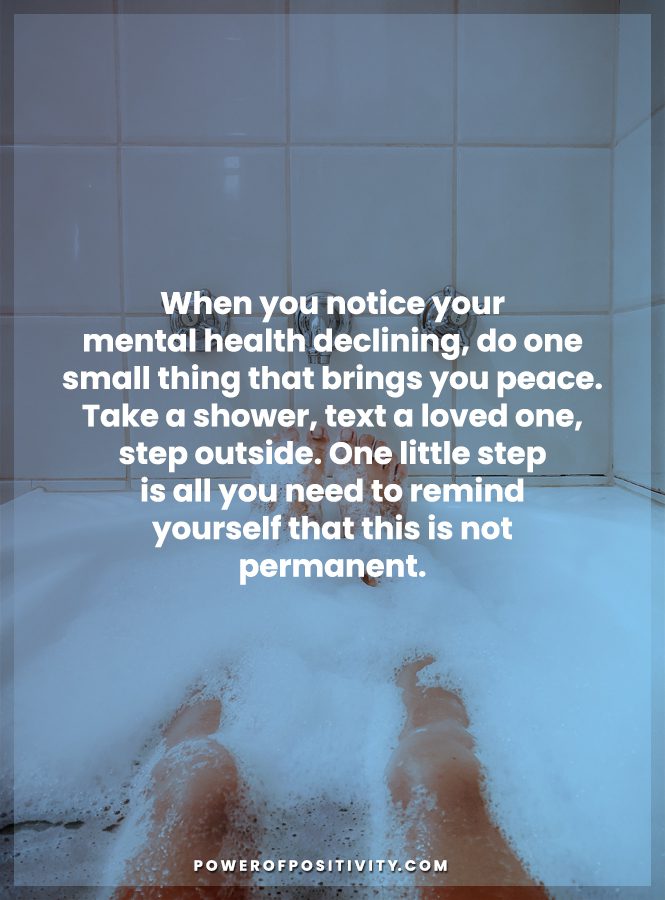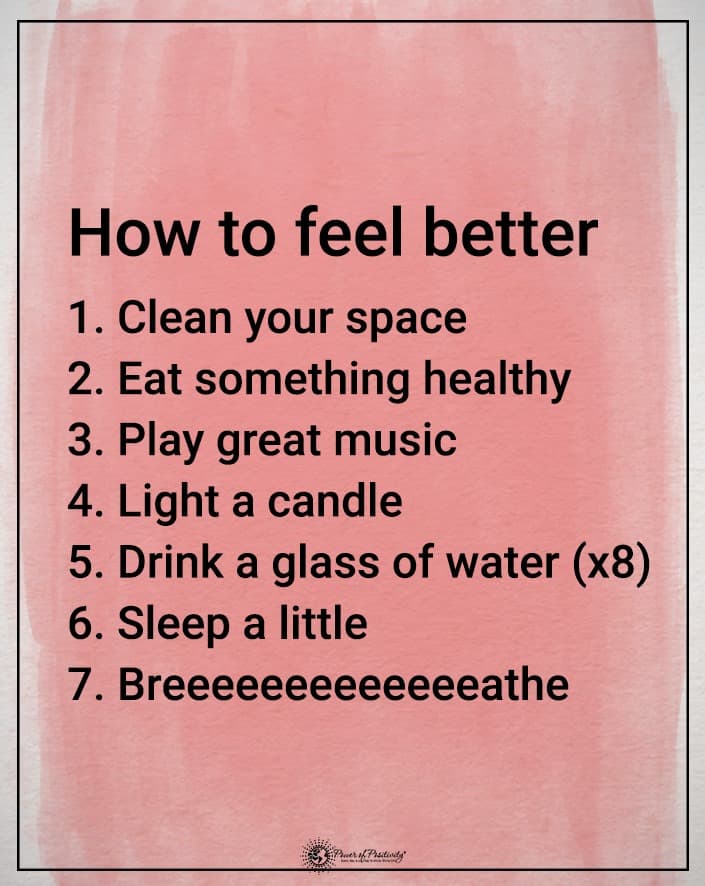(Editor’s Note 8/13/2023: Removed ‘Essential’ to detox your liver to stay healthy, as it is not considered ‘essential’, but rather ‘helpful’ instead. Also clarified language around how to help detox your liver by supporting your liver health)
It is very helpful to help detox your liver to keep it healthy. With all the environmental toxins in today’s world, our livers often have to work overtime to do their jobs. However, helping your liver detox and living a healthy lifestyle can help protect us from the daily threats our bodies face.
The liver eliminates toxins from the body and works harder than almost any organ. It also detoxifies the blood, generates bile so we can digest fats, and helps process nutrients in the body. When the liver functions normally, all of these processes occur seamlessly. However, the organ struggles to keep up when the body becomes overly toxic and disease sets in.
That’s why proper liver detoxification is so important, so your body doesn’t become overburdened with harmful substances.
Fifteen Signs of a Damaged Liver
If you have an unhealthy liver, you will likely notice certain symptoms in the mind and body. Researchers have identified several common symptoms people experience when their livers aren’t functioning correctly.

- Constipation
- Heartburn
- Bloating and gas
- Yellow skin or eyes (jaundice)
- Difficulty losing weight
- Hypertension
- Mood swings, anxiety, or depression
- Abdominal pain
- Swelling in the legs and ankles
- Dark colored urine
- Persistent fatigue
- Tendency to bruise easily
- Itchy or red skin
- Loss of appetite
- Nausea or vomiting
If you experience these symptoms often, you might feel worried about having an underlying condition. Luckily, you can take charge of your health and detox your liver by following the tips below.
Doctors Reveal Three Ways to Help Detox Your Liver
Here are a few lifestyle changes to support better health.
1. Avoid processed or prepackaged foods in your diet.
Most foods today cause diseases of the mind and body because they’re far removed from nature. Processed foods contain numerous additives such as hydrogenated oils, sugar, salt, and other chemicals that cause dysfunction in the body. Eating these foods often can make it difficult for your body to function optimally and can lead to heart disease, diabetes, and other ailments. Therefore, eating as many whole foods as possible is important. Also, please avoid boxed or ready-made items.
Opt for fruits, vegetables, grains, seeds, nuts, and healthy fats to support overall better health health. Avoid artificial and regular sugar, canned foods with added salt, and other ultra-processed foods. These ready-to-eat foods aren’t just bad for your liver; they also produce inflammation throughout the body, creating the perfect environment for diseases.

2. Drink raw vegetable juice and eat plenty of greens.
Did you know cruciferous vegetables like cauliflower and broccoli can help detox your liver? They contain high amounts of a compound called glucosinolate, which aids the liver in producing detoxifying enzymes. They also contain sulfur compounds and chlorophyll, which help remove toxins from the bloodstream.
Other options for green vegetables to support liver health include dark, leafy greens like mustard greens and kale. The USDA recommends eating at least 2-3 servings of vegetables daily as part of a balanced diet. However, most people fall drastically short of meeting these guidelines, with only 10% of Americans eating enough fruits or vegetables. Time and budget constraints likely play a role in the struggle to consume enough nutritious foods.
However, juicing vegetables can help save time because it doesn’t require any preparation. It also reduces the volume of food, making it easier to meet the recommended intake of vegetables. You can add some sweet fruits to the mixture to make it more flavorful.
The best veggies to help a liver cleanse are those we listed above, along with carrots, cucumbers, and beets. These vegetables help detoxify the body and keep the liver functioning properly. Studies show that fresh, raw carrots, in particular, can aid in detoxing the liver and may even prevent fatty liver disease.
Carrots contain large amounts of fiber, helping to clean toxins from the intestines and supporting digestive health. They also are rich in beta-carotene, which gets converted into vitamin A in the body. Carotenoids like beta carotene help stimulate bile production in the body, which removes waste and excess fat.
3. Consider liver friendly compounds.
Certain compounds can help your liver do it’s job and improve overall health. The following compounds have been shown to help the liver detox:
(Editor’s Note 8/13/2023: While components of milk thistle can aid in decreasing liver inflammation, dandelion root has been shown to help protect the liver and help it function, and curcumin has been shown to have antioxidant effects, plenty of animal, but not enough human studies have shown that regular use is beneficial.)
- Milk thistle. Milk thistle is a flowering plant known for its ability to treat conditions like cirrhosis, diabetes, and gallbladder disorders. People have utilized the detoxifying herb for over 2,000 years in traditional herbal medicines to improve liver functioning. It eliminates heavy metals, environmental pollutants, and other toxins from the body. Research shows that the active ingredient silymarin can help reduce inflammation, promote cell repair, and prevent toxins from attaching to liver cells.
- Dandelion root. Many herbalists in cultures worldwide have also used this powerful root for liver detoxification. In addition to increasing bile flow in the body, dandelion root also contains a carbohydrate called polysaccharides that benefits liver function. Dandelion tea and stems have high levels of vitamin C, which studies show can aid in mineral absorption. Minerals help detoxify, reduce inflammation, and inhibit disease formation in the body.
- Finally, turmeric contains a potent compound called curcumin that may help treat nonalcoholic fatty liver disease. Scientists believe turmeric can lower inflammation in the body, a significant symptom of disease. In addition, turmeric contains antioxidants that protect against free radicals and waste products.
Final Thoughts on Ways to Help Detox Your Liver
Maintaining health in the modern world can often seem like an uphill battle. We’re always fighting against environmental toxins and nature, in general, to keep our bodies and minds healthy. The liver plays a crucial role in eliminating toxins stored in the body, but it sometimes needs extra help to do its job. You can promote healthy liver function in several easy ways, including consuming more vegetables, and avoiding processed foods. If you feel your liver may not be functioning optimally, please consult with your wellness provider on a path forward to help!

















